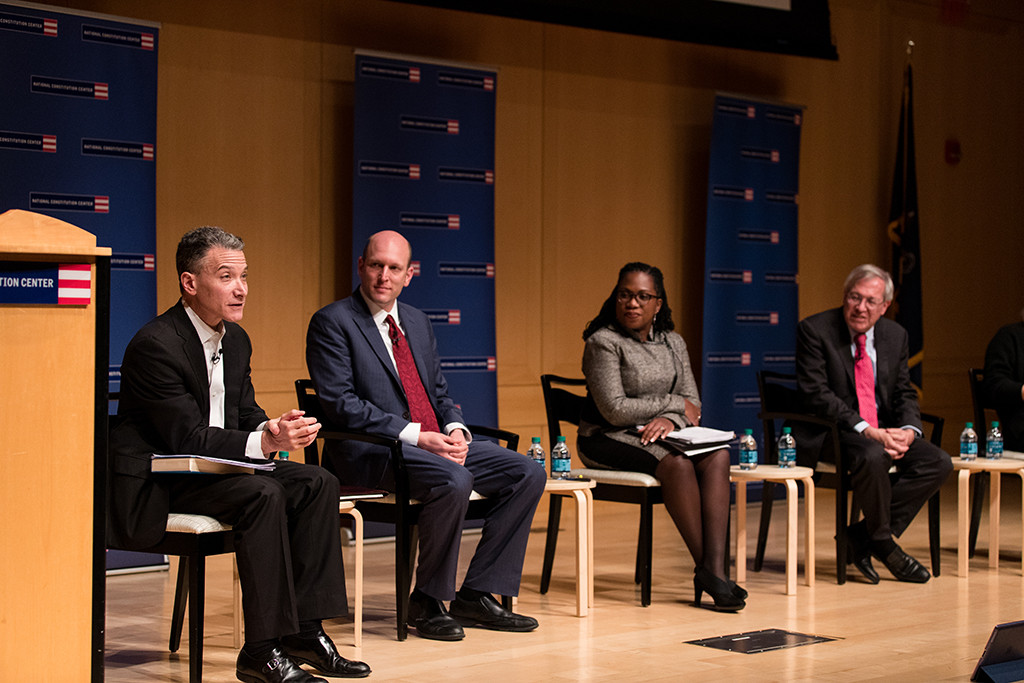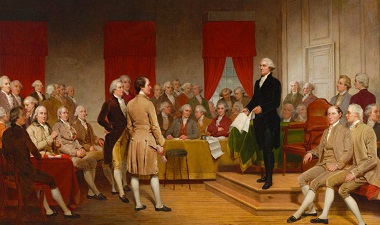The Supreme Court said on Wednesday that a pregnant woman who sought the same light-duty accommodations as non-pregnant workers with the same needs can keep pursuing her case in court.
 In a 6-3 decision, Justice Stephen Breyer said in Young v. United Parcel Service that Peggy Young can return to the Fourth Circuit Court of Appeals and make a new argument for her rights under the McDonnell Douglas framework.
In a 6-3 decision, Justice Stephen Breyer said in Young v. United Parcel Service that Peggy Young can return to the Fourth Circuit Court of Appeals and make a new argument for her rights under the McDonnell Douglas framework.
Link: Read the decision
The McDonnell Douglas framework allows for Young to go back to the appeals court and argue that she is a member of a protected class; that she sought an accommodation that was refused; and that UPS accommodated others with similar jobs in the same manner.
“The record here shows that Young created a genuine dispute as to whether UPS provided more favorable treatment to at least some employees whose situation cannot reasonably be distinguished from hers,” Breyer said. “It is left to the Fourth Circuit to determine on remand whether Young also created a genuine issue of material fact as to whether UPS’ reasons for having treated Young less favorably than these other non-pregnant employees were pretextual.”
The majority, which included Justices Breyer, Sotomayor, Kagan, Ginsburg and Alito, and Chief Justice John Roberts, didn’t like the arguments made by either side in the case.
In his dissent, Justice Antonin Scalia scoffed at the majority’s logic.
“Faced with two conceivable readings of the Pregnancy Discrimination Act, the Court chooses neither. It crafts instead a new law that is splendidly unconnected with the text and even the legislative history of the Act,” he said.
The gist of Young’s appeal was a ruling on guidance from the Court about the limits of the Pregnancy Discrimination Act.
Young worked as a delivery driver for the United Parcel Service (or UPS). In 2006, she asked a leave of absence in order to undergo in vitro fertilization. The procedure was successful and Young became pregnant.
During her pregnancy, Young’s doctors told her to not lift more than 20 pounds while working. UPS’s employee policy, however, required employees to be able to lift up to 70 pounds.
Young wasn’t able to fulfill the 70-pound-lifting work requirement, and she had used all her available family and medical leave, which forced her to take an unpaid leave of absence. She also lost her medical coverage during the leave. Young gave birth in April 2007 and she resumed working at UPS thereafter.
Young then sued UPS and claimed she had been the victim of gender- and disability-based discrimination under the Americans with Disabilities Act and the Pregnancy Discrimination Act of 1978.
She also said other workers were offered light-lifting job duties due to physical conditions, but the company wrongly excluded pregnant women from qualification for the job change.
In the lower courts, UPS won its case, arguing that Young couldn’t prove that UPS’s decision was based on her pregnancy. In fact, UPS claimed it had a “pregnancy-neutral” policy. UPS also argued that Young wasn’t treated differently than any similarly situated co-worker.
UPS also said it had no obligation to offer her accommodations under the Americans with Disabilities Act because legally, Young’s pregnancy didn’t meet the definition of a disability. The U.S. Court of Appeals for the Fourth Circuit agreed with the lower court’s ruling against Young.
There are two twists to this case. First, UPS reversed its policy in October and sent a memo to employees announcing that on January 1, it will offer temporary light duty positions not just to workers injured on the job, but also to pregnant workers who need it.
The attorneys for UPS were careful to explain that the policy change wasn’t an admission of wrongdoing.
“While UPS’s denial of [Young’s] accommodation request was lawful at the time it was made, pregnant UPS employees will prospectively be eligible for light-duty assignments,” they said.
The Justice Department also initially asked the Supreme Court to not hear Young’s appeal, since the Equal Employment Opportunity Commission planned to rewrite guidelines for companies with pregnant employees that would potentially remedy the situation in the future.
True to its word, the EEOC did that. In July, it amended its enforcement guidelines to stress that, “an employer may not refuse to treat a pregnant worker the same as other employees who are similar in their ability or inability to work by relying on a policy that makes distinctions based on the source of an employee’s limitations.”
For now, Young’s attorneys will likely head back to federal appeals court as the case is considered for a second time, with new guidance from the Supreme Court.






